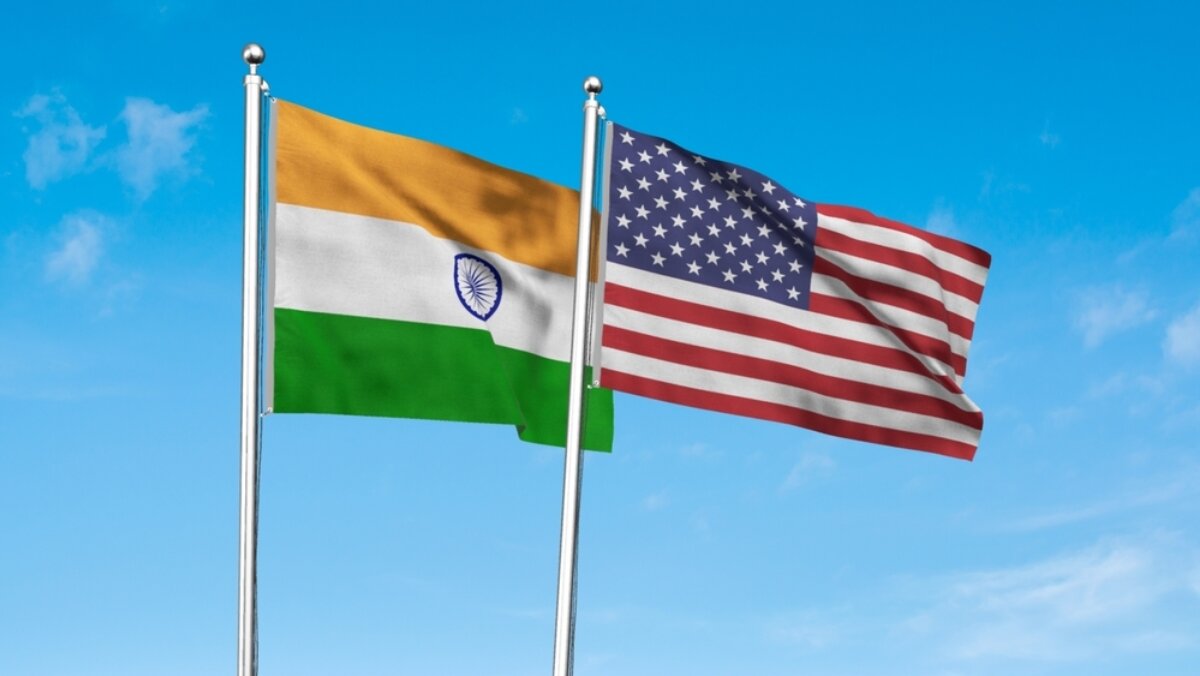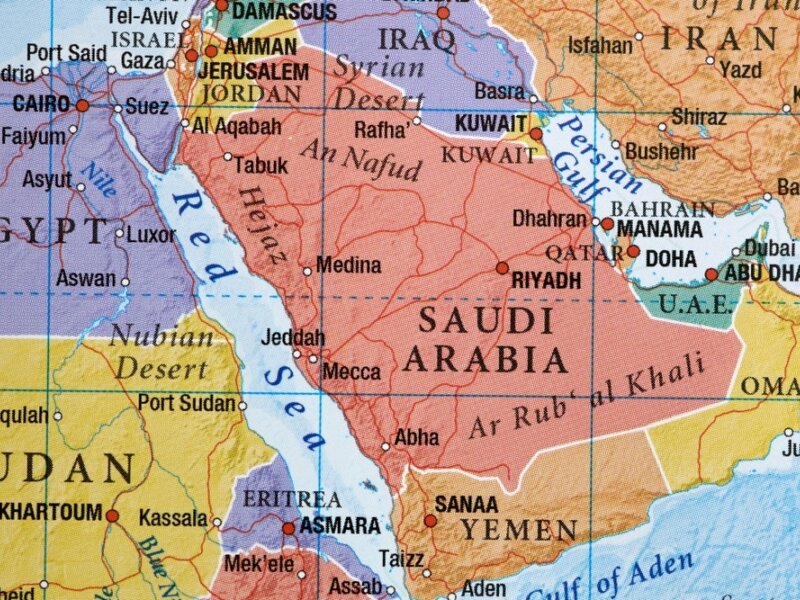L'incontro Modi-Biden agita l'Indo-Pacifico
L’approssimarsi dell’imminente visita di Stato negli USA del Primo Ministro indiano agita l’Indo-Pacifico. Il punto di Guido Bolaffi

L’approssimarsi della visita di Stato negli USA (21-24 giugno) del Primo Ministro indiano agita l’Indo-Pacifico. Quest'area - con l’India ovviamente in testa - soprattutto dopo l’ultimo incontro dei paesi del Quad (USA, India, Giappone e Australia) è stata investita da una vera e propria cascata di notizie su political surveys dagli esiti inaspettati, meeting internazionali a porte chiuse, impegnative intese di cooperazione tecnico-militare e rivelazioni giornalistiche su esercitazioni navali per la messa in sicurezza delle sue acque.
A partire dall’articolo ASEAN and the Quad Inch Closer Together di Foreign Policy del 24 maggio, nel quale Sharon Seah e Kei Koga si dicevano sicuri che “According to the State of Southeast Asia 2023 survey published by the ASEAN Studies Center at the ISEAS-Yusof Ishak Institute, slightly more than half of Southeast Asian experts polled said that a stronger Quad will be a positive development for the region - with only 12 percent disagreeing. When asked what ASEAN-Quad cooperation would mean for the region, 69 percent view the Quad cooperation as beneficial for the region or complementing the ASEAN’s own efforts to facilitate cooperation in Southeast Asia and beyond. Surprisingly, just 10 percent of respondents fear that engaging with the Quad will force ASEAN countries to choose sides, and not even 7 percent are afraid that ASEAN-Quad cooperation will provoke China”.
Poco più di una settimana dopo, un dispaccio Reuters Exclusive: World’s spy chiefs meet in secret conclave in Singapore rendeva noto che “Senior officials of the world's major intelligence agencies - the U.S. was represented by Director of National Intelligence Avril Haines, and India by the head of India’s overseas intelligence Samant Goel - held a secret meeting on the fringe of the IISS Shangri-La Dialogue Security Meeting in Singapore on 2-3 June [...] At the main Shangri-La Dialogue encounter more than 600 delegates from 49 countries held three days of plenary sessions, as well as closed-door bilateral and mutual meetings [...] Australian Prime Minister Anthony Albanese gave the keynote address while U.S. Secretary of Defence Lloyd Austin, Chinese Defence Minister Li Shangfu, and counterparts from Britain, Japan, Canada, Indonesia and South Korea also spoke”.
Per correttezza corre l’obbligo di segnalare che le fonti di informazioni non sono univoche nel riferire l'andamento dell’incontro tra i capi militari di Washington e Pechino nelle ovattate mura dello Shangri-La. Infatti, stando a quanto scriveva C.Raja Mohan nel pezzo di Indian Express On Shangri La Dialogue: Modi and Biden’s New Asia, “The two ministers outlined their competitions visions of regional security. While signalling the intent for dialogue, Austin insisted that the US does not seek conflict, Chinese minister Li insisted that he was not against dialogue, but the US must create the right conditions”.
Mentre Alain Frachon su Le Monde nel suo Entre Washington et Pékin, le yin et le yan sosteneva che “Le secrétaire américain à la défence Lloyd Austin a proposé une rencontre à son homologue chinois Li Shang Fu. Réponse de Pékin : non. Pas de dialogue tant que Washington n’aura pas levé les sanctions prises à l’encontre de Li durant la présidence de Donald Trump”.
Mentre le delegazioni straniere si apprestavano a lasciare Singapore il 5 giugno, l’articolo di Trust Press of India India, US firm up ambitious roadmap for defence industrial cooperation spiegava che “The roadmap was finalised during talks between Defence Minister Rajnath Singh and his American counterpart Lloyd Austin, two weeks ahead of Prime Minister Narendra Modi’s state visit to Washington”.
Ma non basta. Il 7 giugno uno scoop degli Indo-Pacific Diaries di NIKKEI dava conto di un informatissimo studio appena pubblicato dall’United States Studies Center at University of Sydney col titolo Bolstering the Quad: the case for a collective approach to maritime security, nel quale Tom Corben, Ashley Townshend, Blake Herzinger, Darshana M. Baruah e Tomohiko Satake nelle pagine del capitolo Malabar: A microcosm for the Quad’s transformation rendevano noto, cosa al sottoscritto come a non pochi altri sconosciuta, che “In 2020 Malabar naval exercises included both Indian and US aircraft carries for the first time, training for fuel carrier operation alongside supporting forces from Australia and Japan. A year later, Malabar 2021 became the largest on record with each of four countries dispatching large numbers of advanced air and naval assets. The 2022 exercises featured maritime patrol aircraft from all four countries for the first time, alongside surface and subsurface vessels outfitted for high-end anti-submarine warfare (ASW) [...] The First Quad Strategic Intelligence Forum was convened in September 2021, immediately prior to the Leaders’ Summit in Washington, featuring the intelligence chiefs of all four countries in what was a striking development given India’s traditional reticence to engage deeply with Quad partners in this domain”.



